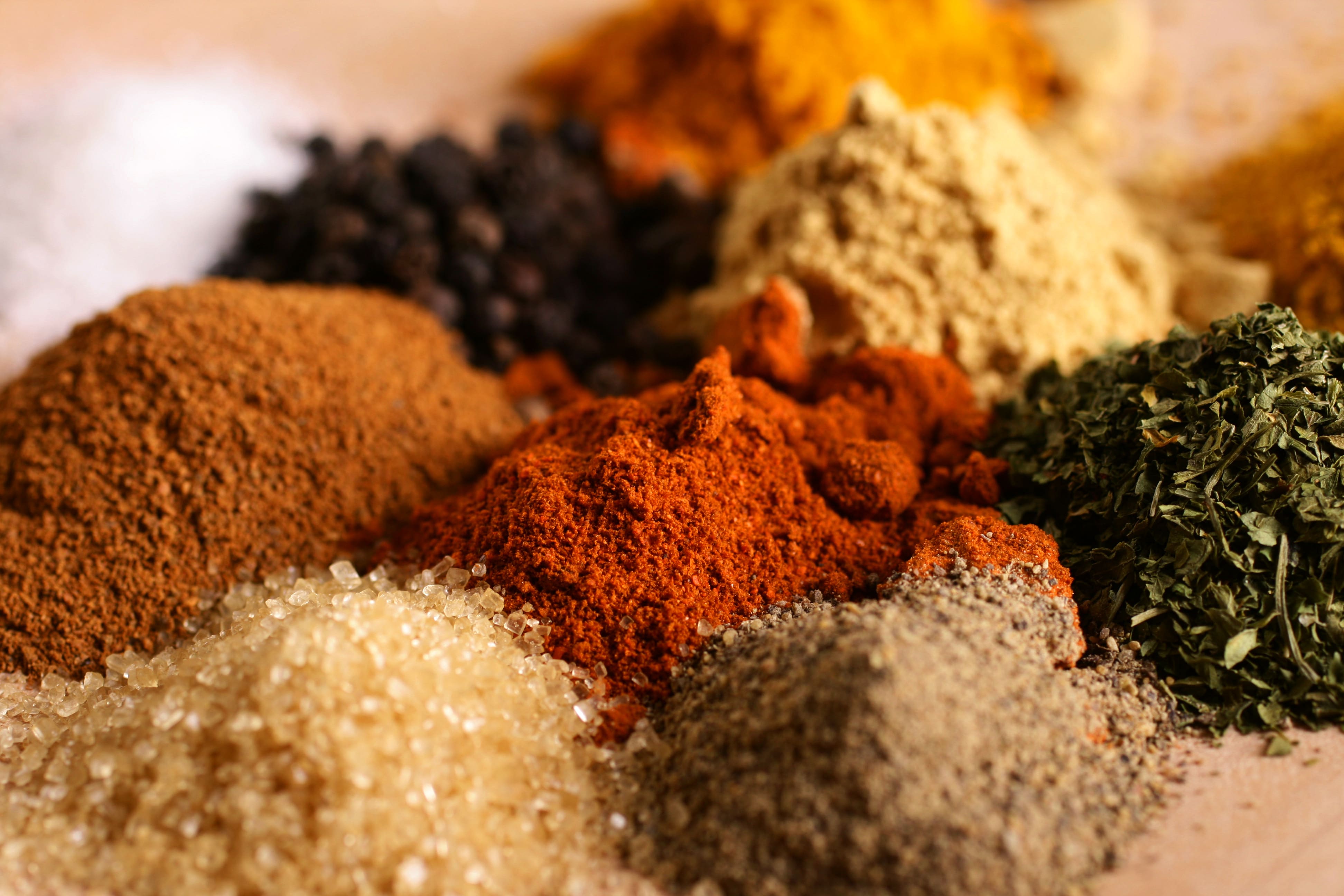The spices, taste and aroma on the daily table
Although “exotic” in origin, spices are an integral part of Greek cooking. A family of seasonings that give taste in every recipe and spice up every dish.
The spices traveled from the East to the West via the ‘Spice Routes’, the sea routes starting from the west coast of Japan, crossing Indonesia and India, reaching the Middle East ending up to Europe. Due to this sea route the growth of spice trade was established. The word etymology is sometimes attributed to the Pakistani word “bahar” while others claim that the word is Arabic or Turkish. The term spice describes all the aromatic culinary herbs and spices.
Spices have zero calorie value, enhance the taste of foods while at the same time the benefits to the human body are multiple. Cumin, carnation, spice, mustard seeds and saffron have important antimicrobial and anti-cancer properties. Antimicrobial and antiseptic properties are coriander, nutmeg, cardamom and pepper (white and black), while the scientific community supports that the use of spices and aromatic herbs may be a source of antioxidants, similar to fruit juices.
Spices have the ability to stimulate the sense of smell, to colorize dishes with their vivid texture and to “narrate spicy stories”, sometimes so hot they bring tears to the eyes. The “Gifts of Aphrodite” as they use to call spices, not only season our food but they also spice up our lives with their power to stimulate the senses. Their consumption is beneficial and their use is sine qua non in the world cuisine.
